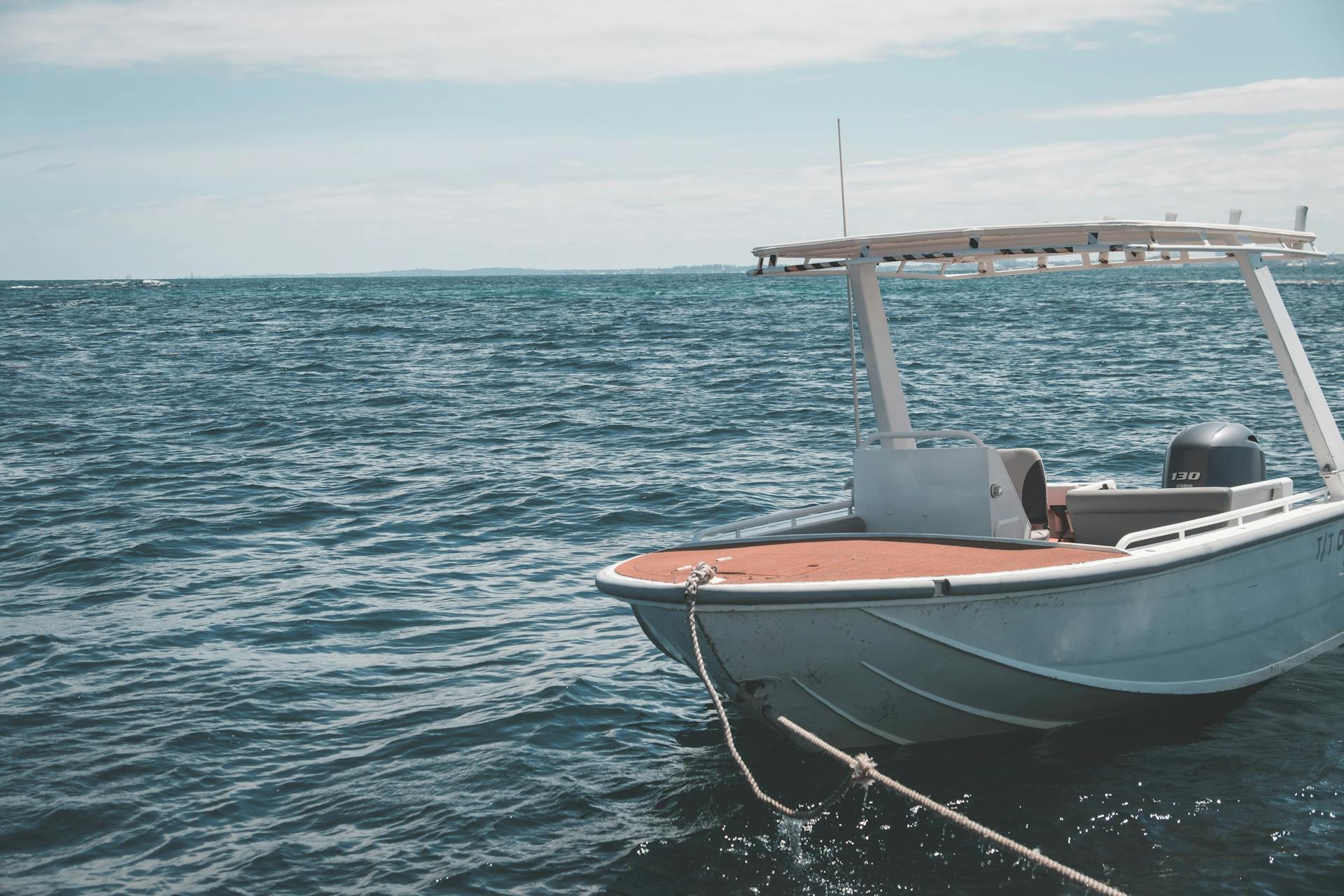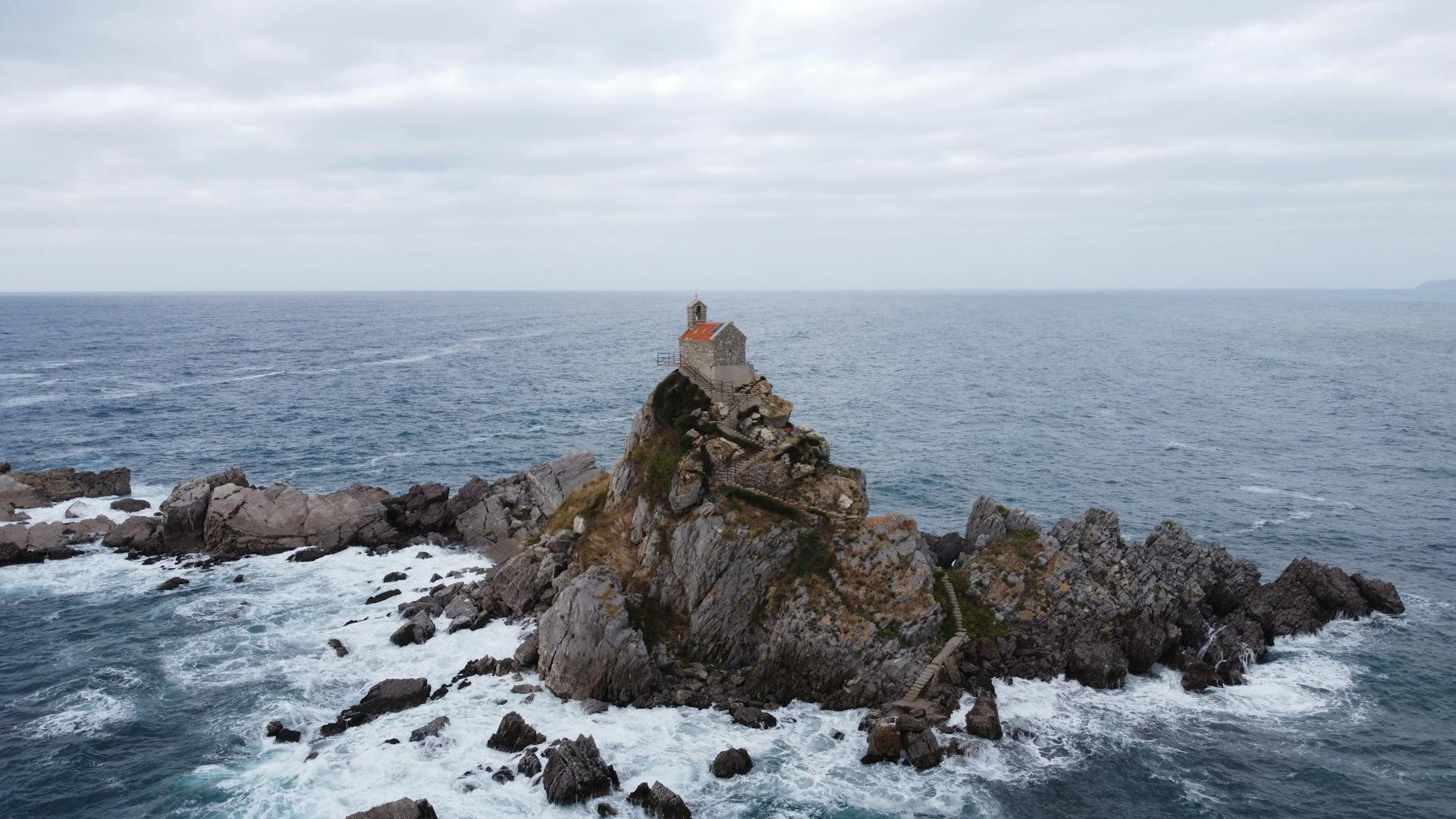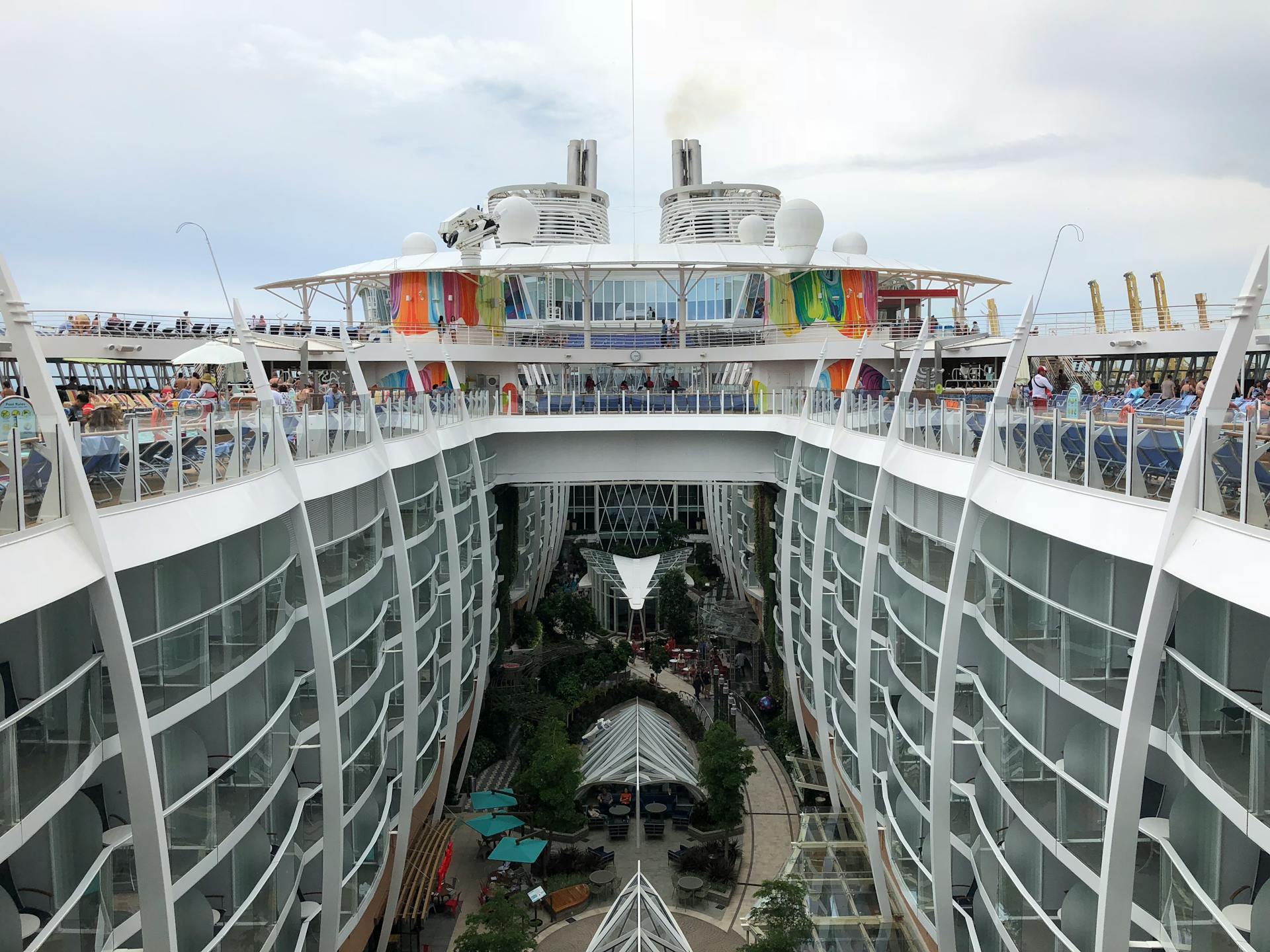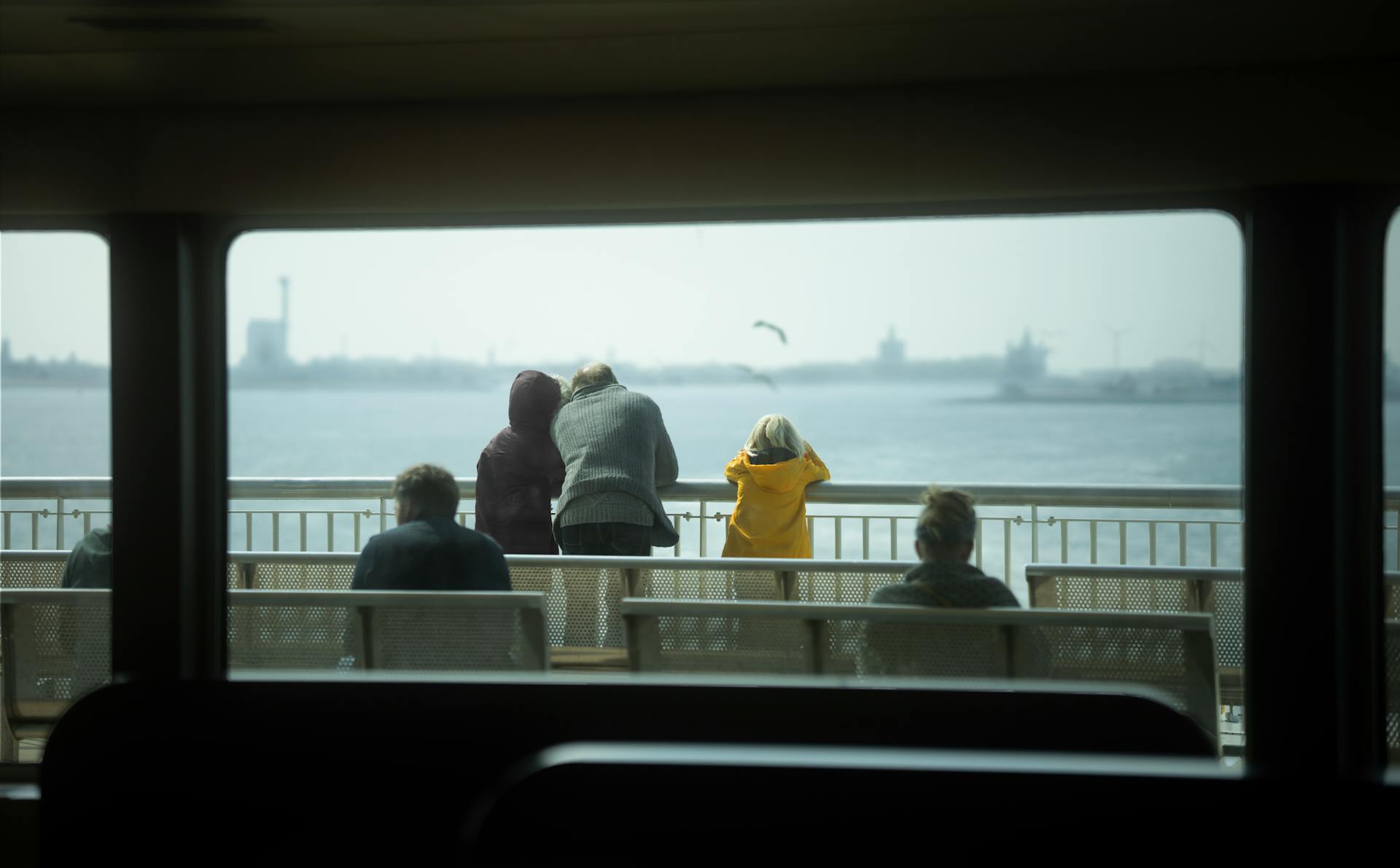
The European Sea Ports Organisation (ESPO) is a key player in advancing the maritime industry in Europe. It represents the interests of 100 sea ports across 23 European countries.
One of the ways ESPO is making a difference is by promoting sustainable development in the maritime industry. This includes reducing emissions and waste, as well as improving energy efficiency.
ESPO also focuses on improving the efficiency of port operations, which benefits both the environment and the economy. For example, it has advocated for the use of digital technologies to streamline processes and reduce congestion.
By working together with other stakeholders, ESPO is helping to create a more competitive and sustainable maritime industry in Europe.
Take a look at this: MV European Causeway
Origins
The European Sea Ports Organisation, or ESPO, has a rich history that dates back to 1974 when the European Commission created the Port Working Group. This group consisted of delegates from the port authorities of major European ports.
For your interest: European Cargo
The PWG process led to the founding of ESPO in 1993, marking a significant milestone in the organisation's development. ESPO functions as an independent organisation that lobbies for the interests of its member port authorities.
Ferdinand Suykens, a former director-general of the port of Antwerp, was appointed as the first chairman of ESPO.
ESPO's Goals and Aspirations
ESPO aims to influence public policy in the European Union to achieve a safe, efficient, and environmentally sustainable European port sector. This goal is focused on creating a fair market environment.
Climate change is a top priority for ESPO's membership, with energy consumption identified as the second environmental priority in 2016. Around half of ESPO's members already calculate and report on their carbon footprint.
Decarbonisation and fighting climate change are at the heart of the interests of the local communities surrounding ports. This is because ports get their license to operate and grow from these communities.
Ports are on the front row when it comes to facing the consequences of climate change, including sea level rise and extreme weather conditions.
Readers also liked: MS European Mariner
Port Operations and Environment
Port operations and the environment are deeply connected, especially when it comes to climate change. ESPO's members are well aware of this, with energy consumption being the second environmental priority for the sector in 2016.
Around half of ESPO's members calculate and report on their carbon footprint, taking proactive steps towards reducing their environmental impact. Ports are literally on the front row when it comes to facing the consequences of climate change, with sea level rise and extreme weather conditions posing significant challenges.
Decarbonisation and fighting climate change are at the heart of the interests of the local communities surrounding ports, which is why ESPO is working to build awareness among its member ports on climate change mitigation and adaptation.
News
Compass Handbooks Ltd has over 30 years of experience working with clients in various sectors, including seaport and airport.
Their expertise spans delivering a range of quality media to clients in the tourism, industrial, and NGO sectors.
Compass Handbooks Ltd has a proven track record of delivering authoritative media to their clients.
Frequently Asked Questions
Who owns European ports?
As of mid-2023, Chinese state-owned players control a significant portion of European ports, with notable examples being Piraeus in Greece and Zeebrugge in Belgium. Chinese companies like Cosco Shipping Ports hold majority stakes in these ports, indicating a growing influence in European maritime infrastructure.
What is the Espo Green Guide?
The ESPO Green Guide 2021 is a resource for European ports to reduce their environmental impact, specifically addressing climate change. It's a guide developed by the port sector itself to help ports transition to more sustainable operations.
What is the major seaport in Europe?
The major seaport in Europe is the port of Rotterdam, located in the Rhine-Meuse delta on the North Sea. It's the largest and most significant seaport in Europe, handling a vast amount of cargo and trade.
Which country is Europe's leading port?
The Netherlands is home to Europe's largest seaport, the Port of Rotterdam. Located in South Holland, it's a major hub for international trade and commerce.
Featured Images: pexels.com


